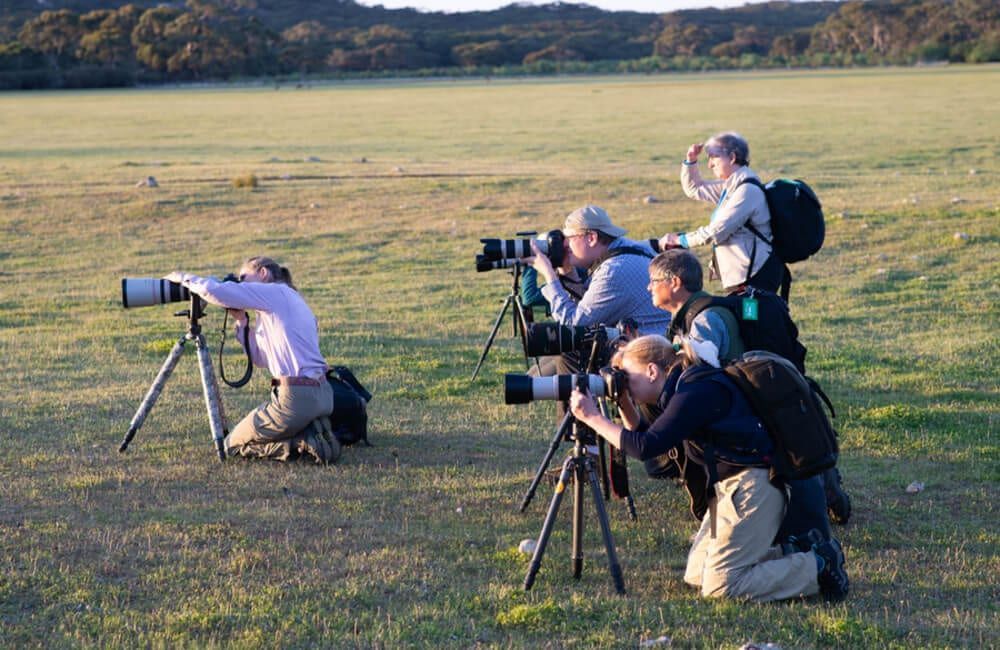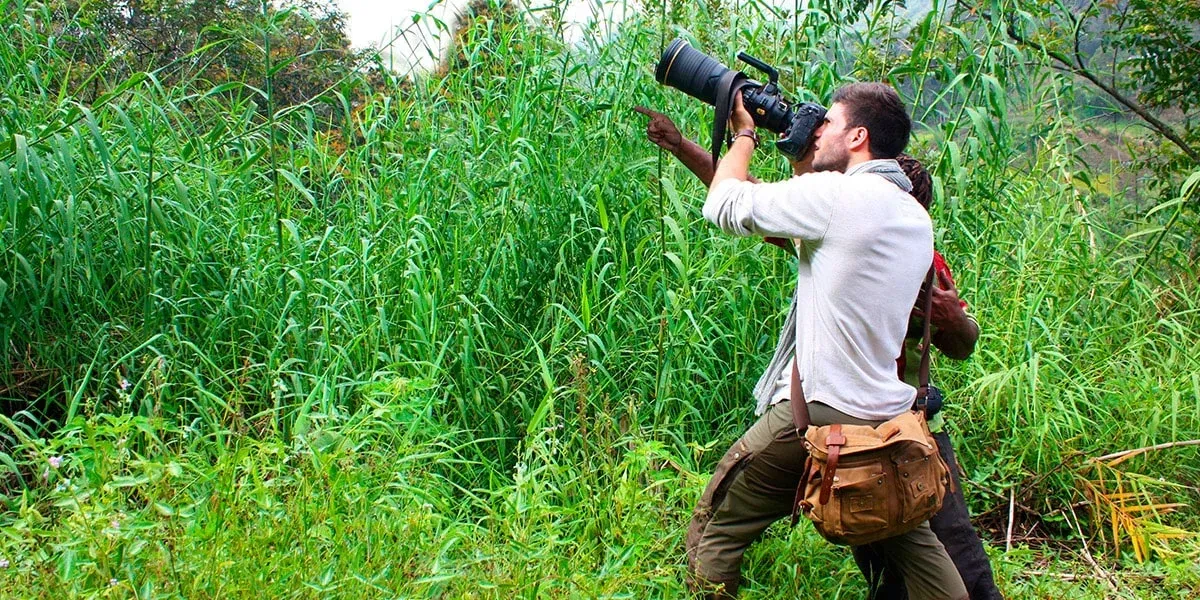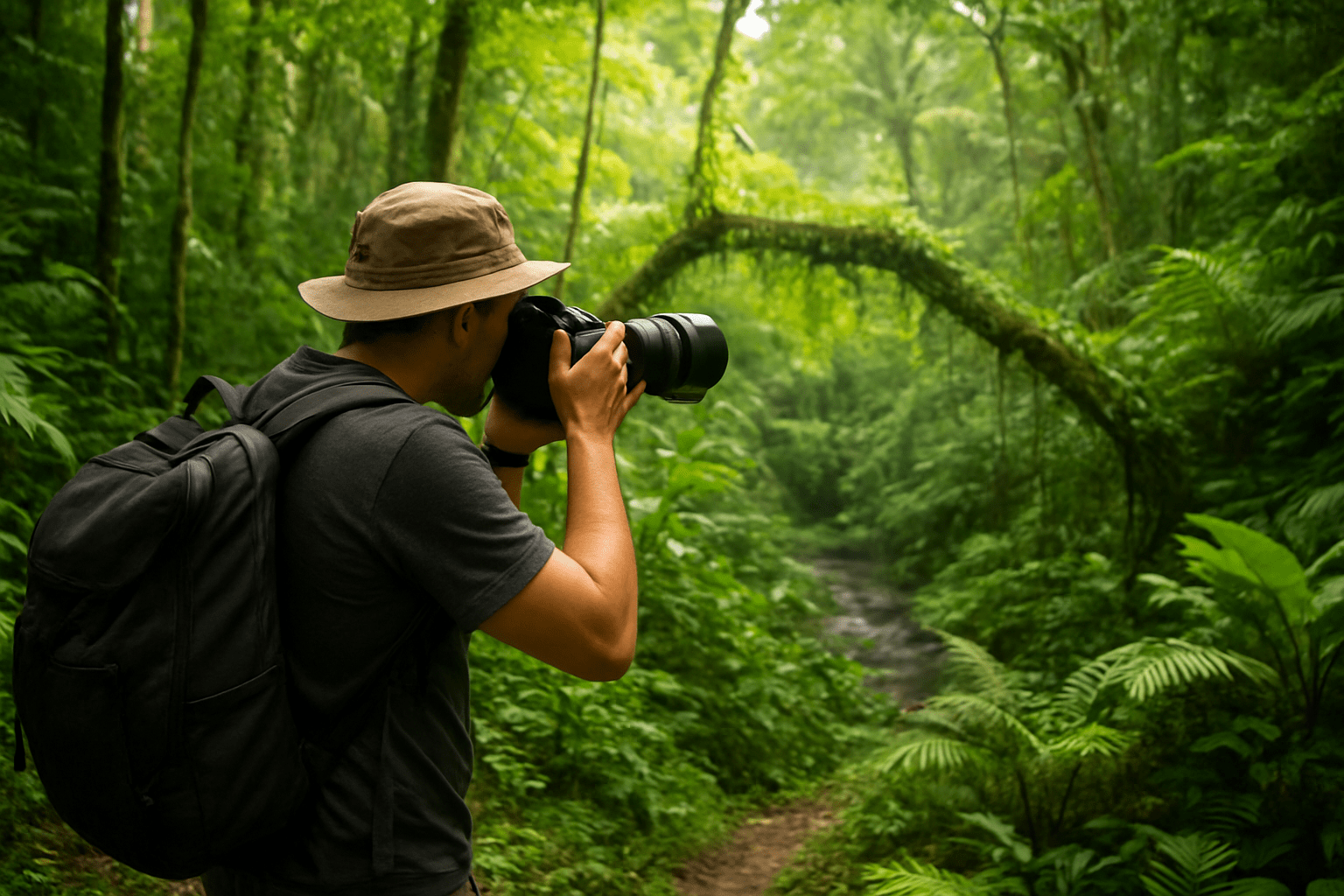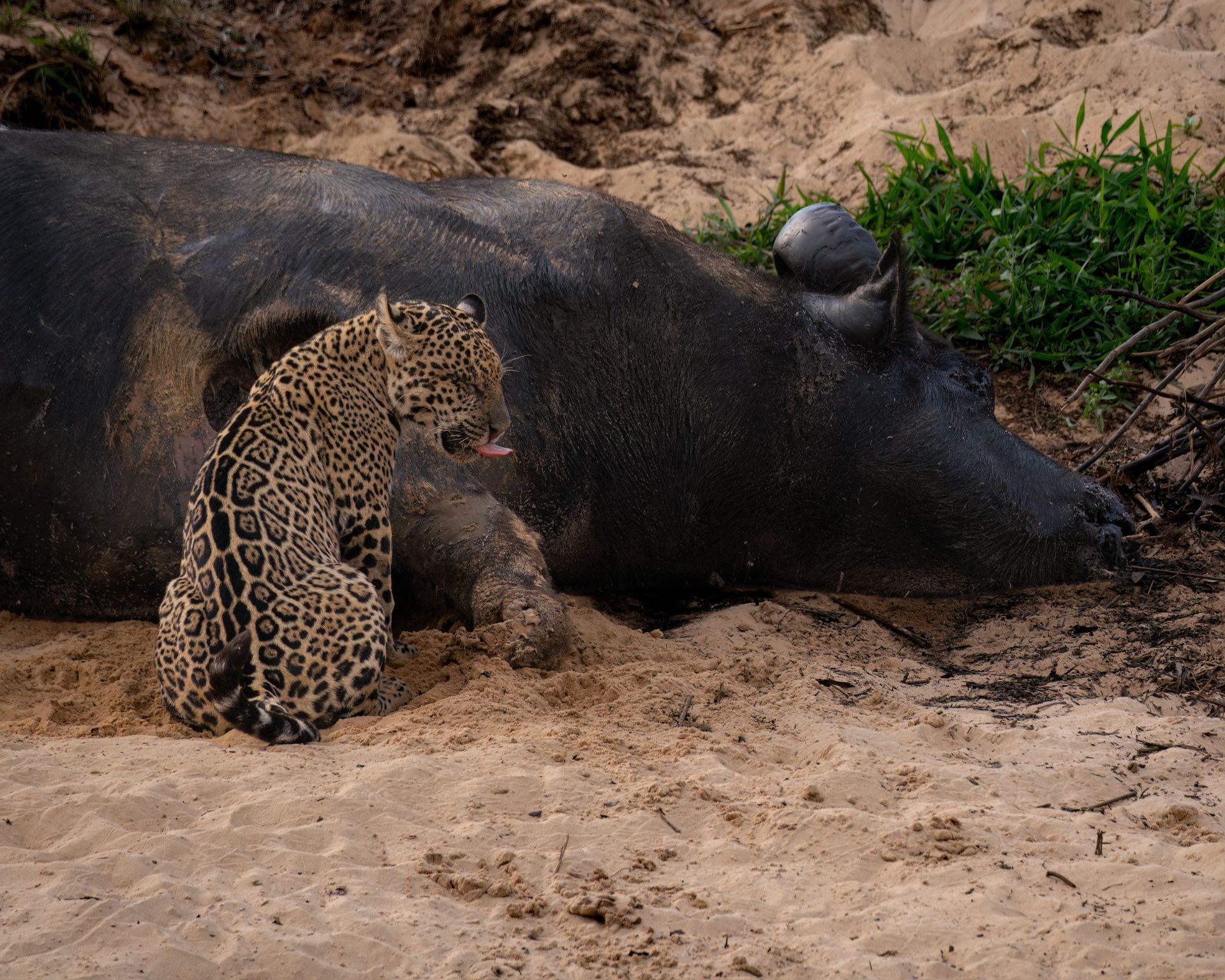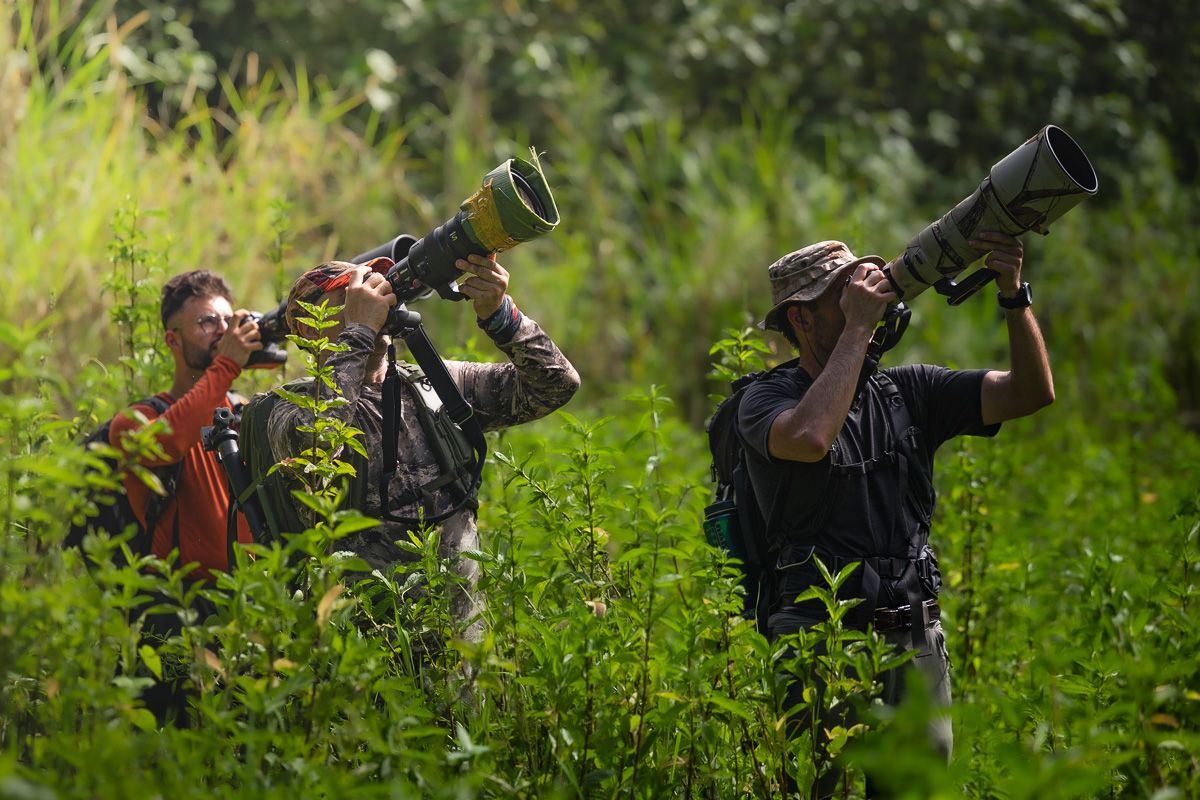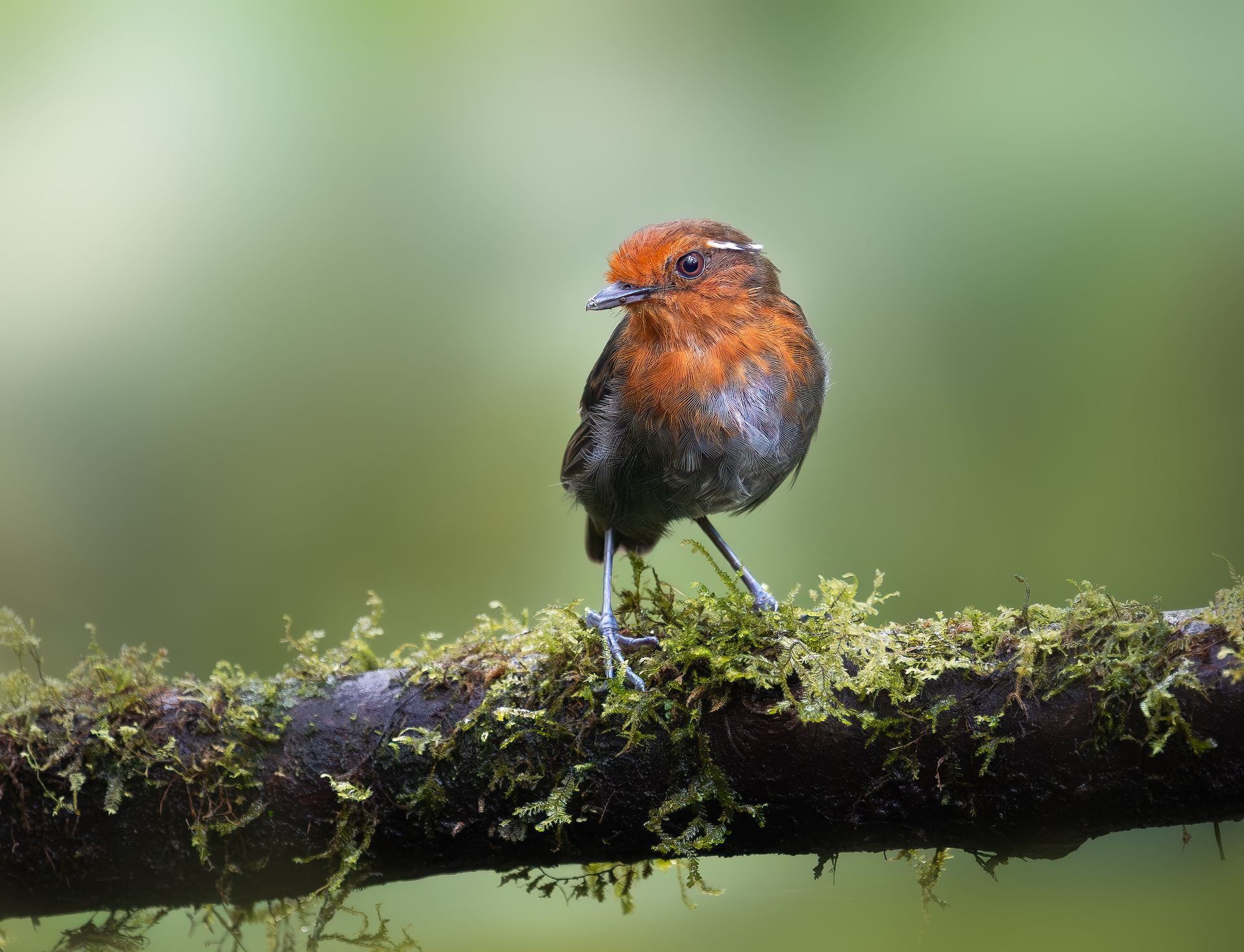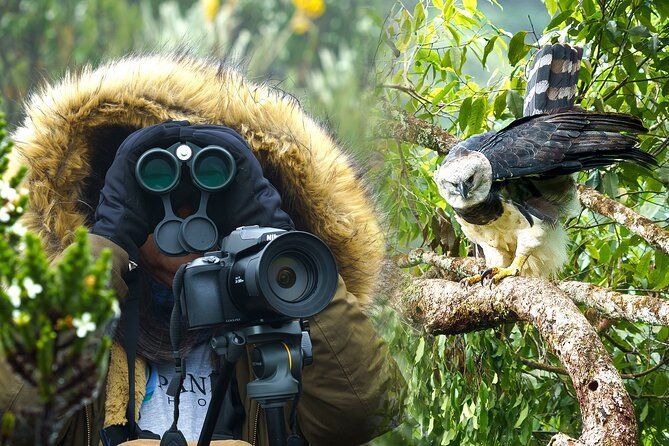Top 10 Hummingbird Species to Photograph in Colombia
Introduction: Colombia, the Paradise of Hummingbirds
Colombia is often called the world’s hummingbird capital, and for good reason. With over 165 species recorded, this South American gem offers more hummingbird diversity than any other country. From the misty páramos of the Andes to the lush Amazonian lowlands, Colombia is a paradise for bird lovers and wildlife photographers alike.
For photographers, hummingbirds present a thrilling challenge. Their iridescent feathers, rapid wingbeats, and unique feeding behaviors provide endless opportunities to capture striking images. But among all the species in Colombia, some stand out not only for their beauty but also for their rarity, unique features, or accessibility for photography.
This guide explores the top 10 hummingbird species to photograph in Colombia, complete with descriptions, where to find them, and how to photograph them.
1. White-Tipped Sicklebill (Eutoxeres aquila)
The White-Tipped Sicklebill is one of the most unusual hummingbirds in Colombia. Its long, dramatically curved bill is perfectly adapted to feed from heliconia and other deep, tubular flowers.
- Why it’s photogenic: The pronounced sickle-shaped bill creates a unique silhouette that sets this hummingbird apart.
- Where to find it: Found in lowland and foothill rainforests, particularly along the Pacific slopes.
- Photography tips: Capture side-profile shots to highlight the curve of its bill. Look for them near patches of heliconia flowers in shaded areas.
2. Ruby-Topaz Hummingbird (Chrysolampis mosquitus)
A rare jewel in Colombia’s hummingbird collection, the Ruby-Topaz dazzles with its fiery golden-red crown and throat, which gleam when sunlight hits just right.
- Why it’s photogenic: Its intense ruby-red and gold iridescence makes it one of the most striking subjects.
- Where to find it: Typically spotted in the northeast, in dry forests and savannas near the Venezuelan border.
- Photography tips: Best photographed in direct morning or late-afternoon light to enhance iridescence. A fast shutter speed is essential for sharp captures of its rapid wingbeats.
3. Longuemare’s Sunangel (Heliangelus clarisse)
Endemic to Colombia’s Eastern Andes, this hummingbird is small but spectacular, with vivid violet and emerald plumage.
- Why it’s photogenic: Its glowing throat patch shines in different colors depending on the angle of the light.
- Where to find it: Eastern Andean slopes at elevations between 2,000 and 3,000 meters.
- Photography tips: Perch photography works best, especially during feeding breaks. Overcast days bring out the iridescence without harsh shadows.
4. Black-Tailed Trainbearer (Lesbia victoriae)
Known for its long, elegant tail feathers, the Black-Tailed Trainbearer is a favorite among photographers. Males can have tails up to three times their body length.
- Why it’s photogenic: The tail alone creates dramatic images, especially in flight.
- Where to find it: Widespread in Bogotá savannas and along the Eastern Andes.
- Photography tips: Capture them in flight for full display of tail feathers. Use continuous burst mode to freeze their tail movements.
5. Buffy Helmetcrest (Oxypogon stuebelii)
One of Colombia’s most famous endemics, the Buffy Helmetcrest lives high in the páramo ecosystems. It sports a striking golden crest and a fuzzy beard-like tuft of feathers.
- Why it’s photogenic: Its ornate crown and unique facial features make it unlike any other hummingbird.
- Where to find it: High-altitude páramos of the Eastern Andes, particularly near Nevado del Ruiz.
- Photography tips: Photograph at sunrise or sunset, when the páramo light adds drama to the scene. Pack warm clothing — and patience, since these birds live in harsh climates.
6. Green Bearded Helmetcrest (Oxypogon guerinii)
Another remarkable Colombian endemic, this species features a brilliant green beard and distinctive helmet-like crest. It is equally as photogenic as its Buffy cousin.
- Why it’s photogenic: The glowing green beard contrasts beautifully with its brown and white plumage.
- Where to find it: High-altitude páramos of the Eastern and Central Andes.
- Photography tips: Try wide-angle shots to capture both the bird and its dramatic páramo habitat for storytelling images.
7. Copper-Bellied Puffleg (Eriocnemis cupreoventris)
This puffleg species is endemic to Colombia and Venezuela, known for its copper-colored belly and fluffy white leg “puffs.”
- Why it’s photogenic: The metallic belly feathers shimmer against its dark green plumage, and its “puffs” add character.
- Where to find it: Cloud forests of the Eastern Andes between 2,400–3,500 meters.
- Photography tips: Position yourself below eye level to catch the shimmer of the copper belly. Watch for moments when they hover around flowers.
8. Shining Sunbeam (Aglaeactis cupripennis)
True to its name, the Shining Sunbeam radiates with bronze, copper, and violet tones when sunlight strikes its feathers.
- Why it’s photogenic: Its plumage glows like fire, making it one of the most dramatic hummingbirds to photograph.
- Where to find it: Andean highlands across the Central and Western ranges.
- Photography tips: Shoot during golden hour for maximum brilliance in its feathers. Perched shots are often more successful than flight shots with this species.
9. White-Tailed Starfrontlet (Coeligena phalerata)
An endemic hummingbird of Colombia’s Sierra Nevada de Santa Marta, this species is both rare and stunning. Its green body contrasts with a dazzling white tail.
- Why it’s photogenic: The bold white tail feathers frame the bird in spectacular ways.
- Where to find it: Sierra Nevada de Santa Marta, usually at elevations above 2,000 meters.
- Photography tips: Focus on full-body shots when perched to capture the entire tail. The bird is territorial, so you may get repeat chances at the same spot.
10. Violet-Crowned Woodnymph (Thalurania colombica)
A widespread but spectacular hummingbird, the Violet-Crowned Woodnymph dazzles with its purple crown, emerald back, and sapphire underparts.
- Why it’s photogenic: Its vivid contrast of violet and green makes it a reliable favorite for photographers.
- Where to find it: Lowland and foothill forests across western and northern Colombia.
- Photography tips: Perfect for beginners — this species is relatively common and cooperative. Use flash diffusers in shaded forests to bring out plumage colors naturally.
Final Thoughts: Photographing Colombia’s Hummingbirds
Colombia’s hummingbirds are more than just birds — they are living jewels, each one offering photographers a chance to capture something truly extraordinary. From the rare Helmetcrests in the high páramos to the shimmering Sunbeams in the Andes, these species highlight why Colombia is rightly called the world’s hummingbird capital.
Whether you’re a professional photographer or a nature enthusiast with a camera, these ten species represent the very best of Colombia’s avian wonders. With patience, preparation, and respect for their natural habitats, you can bring home unforgettable images of these flying gems.



